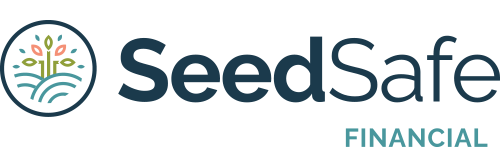When you decide to make the jump from employee to entrepreneur, it is important to consider how this transition will affect your financial life.
How will you support yourself? Do you have a family to support? How long will you be able to sustain before you need further income?
Three ways to prepare for the entrepreneurial rollercoaster of cash flow
Emergency Savings: This requires a bit more foresight and commitment. When leaving an employer to launch a start-up, it often takes over a year to reach sustainable cash flow and salary to a founder. The best way to prepare is to keep a separate emergency savings account with at least a year of savings for basic budgeted needs + a small fund for unlikely incidents (i.e. Car breaks down, roof needs update, etc.)
If you don’t have this much in savings, you may need to continue to work in some capacity to supplement your financial needs. Time for the side hustle!
Side hustle to your business: Many founders use previous experience to consult while they build out their business model and acquire clients. This can help reduce the amount of emergency savings you need on hand, as long as you are meeting your financial needs through the consulting fees.
Side hustle is your business: Other founders flush out their business model in the evening and on weekends while maintaining full time jobs. They set specific milestones or level of client traction before moving forward with quitting their job.
When considering these alternatives, ask yourself:
- How much risk am I willing to take pre-revenue?
- How much revenue do I need to support my salary?
- What milestones can I hit working on my product part-time?
- Am I compromising my client relationships by not being available or is my current position flexible on work hours?
Don’t forget you are leaving your company’s employee benefits behind as well. Make sure you have a full understanding of your additional expenses and risks in starting your own business.
Good luck in your journey of entrepreneurship and let us know if we can help you with the financial side.
Did you enjoy this post? Sign Up for my newsletter so you won’t miss another article.
The above discussion is for informational purposes only. Recommendations are of a general nature, not based on knowledge of any individual’s specific needs or circumstances, and there is no intent to provide individual investment advisory, supervisory or management services.
